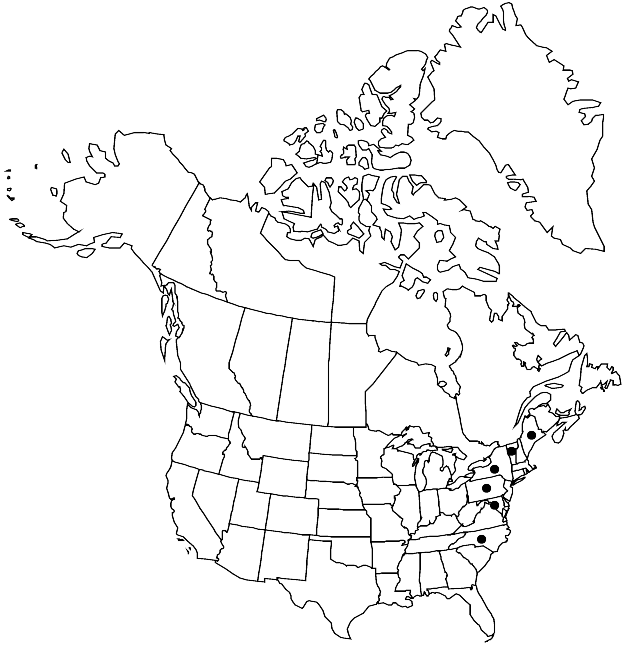Difference between revisions of "Hygrohypnum closteri"
Bryologist 13: 14. 1910.
FNA>Volume Importer |
FNA>Volume Importer |
||
| Line 11: | Line 11: | ||
|label=Endemic | |label=Endemic | ||
}} | }} | ||
| − | |basionyms={{Treatment/ID/ | + | |basionyms={{Treatment/ID/Basionym |
|name=Hypnum closteri | |name=Hypnum closteri | ||
|authority=Austin | |authority=Austin | ||
| + | |publication_title=Musci Appalach., | ||
| + | |publication_place=439. 1870 | ||
}} | }} | ||
|synonyms={{Treatment/ID/Synonym | |synonyms={{Treatment/ID/Synonym | ||
| Line 58: | Line 60: | ||
|publication year=1910 | |publication year=1910 | ||
|special status=Endemic | |special status=Endemic | ||
| − | |source xml=https://jpend@bitbucket.org/aafc-mbb/fna-data-curation.git/src/ | + | |source xml=https://jpend@bitbucket.org/aafc-mbb/fna-data-curation.git/src/f6b125a955440c0872999024f038d74684f65921/coarse_grained_fna_xml/V28/V28_426.xml |
|genus=Hygrohypnum | |genus=Hygrohypnum | ||
|species=Hygrohypnum closteri | |species=Hygrohypnum closteri | ||
Revision as of 20:45, 24 September 2019
Plants soft, spindly, dirty green. Stems to 15 cm, frequently denuded basally, irregularly branched; hyalodermis absent, epidermal cells small, walls thick, similar to subadjacent cortical cells, central strand well developed. Leaves somewhat erect-spreading, uniformly straight, markedly shrunken and twisted when dry, loosely patent when moist, narrowly ovate, ovate-lanceolate, or lanceolate, plane or rarely weakly concave, (0.3–)0.6–0.9(–1.7) × (0.2–)0.3–0.4(–0.8) mm; margins plane, entire; apex acute; costa usually single to 1/3–1/2 leaf length, much less frequently double and short, or single and 2-fid; alar region usually little differentiated, or cells few, quadrate or short-rectangular; basal laminal cells similar to medial cells or shorter, wider; medial cells fusiform or rhombic, straight or flexuose, sometimes linear-flexuose, (23–)30–50(–63) × (4–)6–7(–13) µm; apical cells shorter; marginal cells rarely longer than 55 µm. Sexual condition autoicous; perigonia and perichaetia occurring individually or in 1- or 2-sexual pairs; perichaetial inner leaves triangular-lanceolate, not plicate, margins plane, costa single. Seta yellowish or yellowish red, 0.7–1 cm. Capsule with endostome cilia 1–3.
Habitat: Irrigated or submerged rock in streams
Elevation: low to moderate elevations (20-1500 m)
Distribution

D.C., Maine, N.Y., N.C., Pa., Vt.
Discussion
Hygrohypnum closteri is so unlike the main body of Hygrohypnum that it is surely ill-placed in the genus; the author and others have noted its Amblystegium-like appearance. The prostrate to somewhat ascending stems have distantly spaced leaves.
Selected References
None.